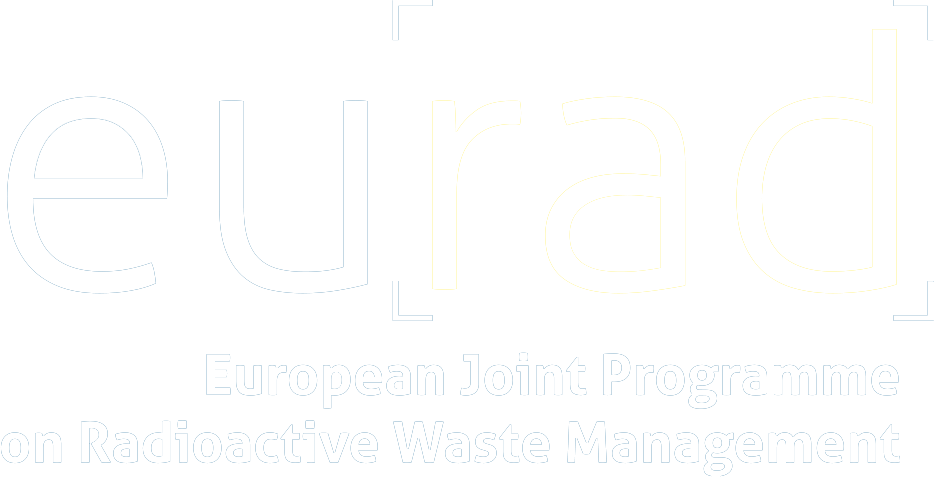Within the CORI WP of the EURAD project, a strong focus was put on the degradation of cellulose and on the impact of the degradation products on sorption and diffusion of key radionuclides in cementitious material. As part of the project, SCK CEN investigated the degradation of cellulosic tissues under irradiation and alkaline hydrolysis over a period up to 2.5 years. The obtained degradation products were further used in sorption experiments to assess their effect on the sorption on Ni on hardened cement paste at different degradation states. The effect of the degradation products from cellulosic tissues was found much more pronounced than observed with the pure isosaccharinic acid (ISA), which is the main cellulose degradation product of pure cellulose and known to form complexes with radionuclides, thereby reducing their sorption to cement. The stronger effect of the degradation products from cellulosic tissues found in CORI WP suggests that some other compound resulting from the degradation of irradiated tissues could have a more significant effect on the sorption of RN on cement.
Almost 30 years ago, PSI had launched long-term cellulose alkaline degradation experiments. The results of the first 12 years allowed to get more knowledge on the kinetics of cellulose degradation and especially on the slow processes occurring over longer time. These experiments were still on-going, though recently PSI decided to not continue them further. Given our contribution and gained expertise within the CORI WP, they wished to pass them to SCK CEN. During this mission we therefore visited PSI to recover the experiments ensuring limited contact with air which could disturb the experiments/samples and discuss the future of the experiments. Furthermore, information on cellulose degradation and more specifically these long-term tests was exchanged in a meeting. Finally, we had the opportunity to visit some of the labs of PSI, i.e. the labs for diffusion and sorption experiments, both on cement and on clay, the labs where degradation studies take place (e.g. cellulose degradation, C-14 release from activated steel) and the chemical analyses lab.


